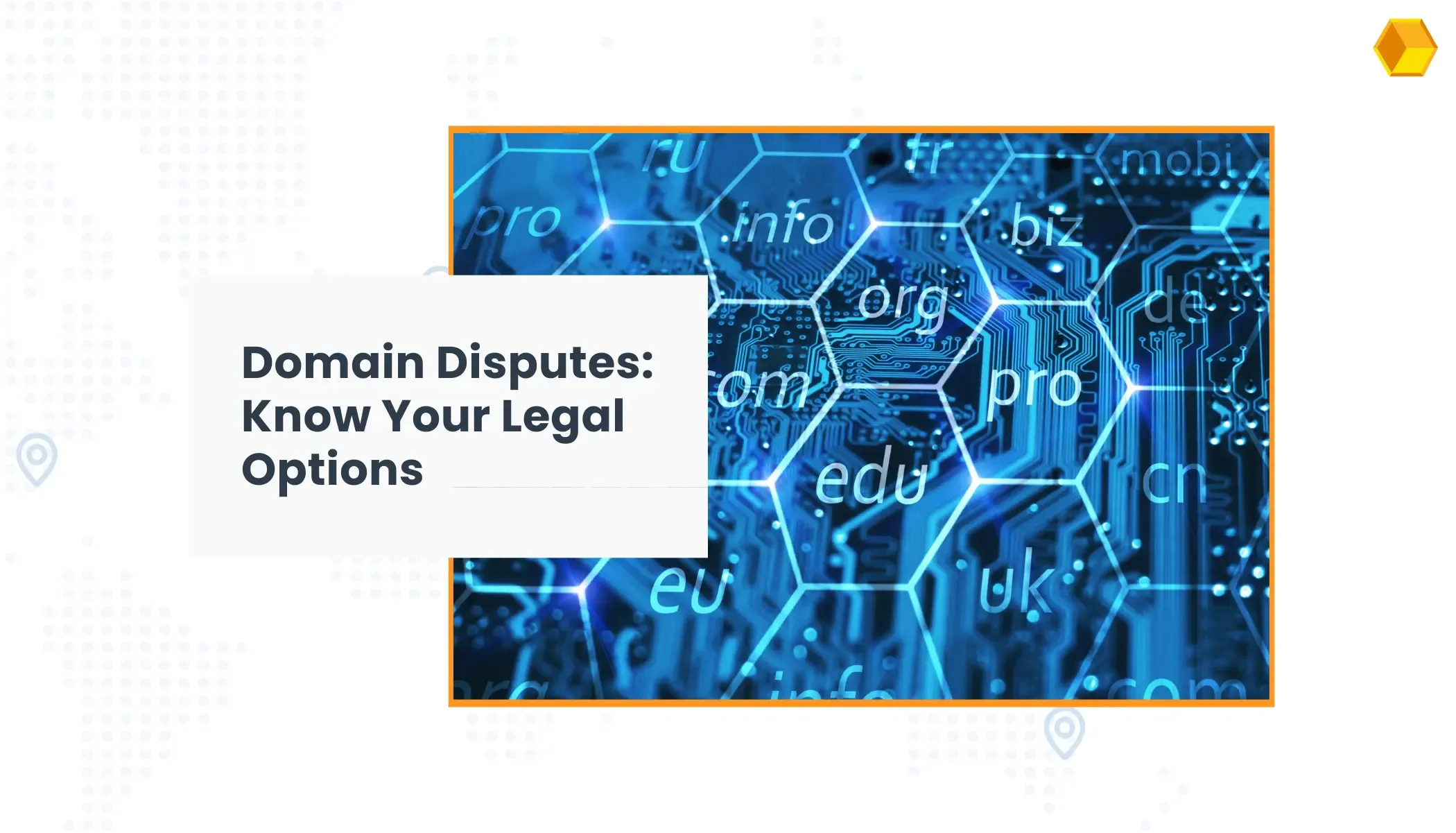
Navigating Domain Name Disputes
Owing to the increasing importance of the internet for businesses, domain names have become essential to companies and therefore have transformed themselves into precious commodities and the object of investments, speculation, and disputes.
What are domain names and Top-Level Domains?
A Top-Level Domain is the suffix of a domain name in an Internet address and can be found to the right of the last dot or period. For example, the top level domain of www. igerent .com is ".com", while the top level domain of www. igerent .info is ".info". Currently, there are more than 1000 Top-Level Domains being offered.
They can be classified as:
Generic Top-Level Domains (gTLDs): Domains NOT associated with a specific country, jurisdiction or territory. Example of gTLDs are: .com, .org, ,net, .int, .gov, .edu, .info, .mil, .lawyer, .car, .fashion, .kitchen, .markets, .party, .pharmacy, .security, .tips, .xxx, .xyz.
Country Code Top-Level Domains (ccTLDs): Domains associated with a specific country, jurisdiction or territory. Example of ccTLDs are: .af (Afghanistan), .au (Australia), .bj (Benin), .cn (People's Republic of China), .fr (France), .hk (Hong Kong), .ky (Cayman Islands), .lu (Luxembourg), .nz (New Zealand), .py (Paraguay), .us (United States) .zw (Zimbabwe).
You can obtain a full list of all existent top level domains from the Internet Assigned Numbers Authority (IANA).
Avoid Domain Name Disputes - Check whether or not a domain name is available
Even though a great deal of options regarding top level domains exist, it is getting harder and harder to find available domain names that can be easily remembered and associated with one’s business or trademark. You can use one of the following search tools to search for available domain names:
Ξ Whois-search.com Ξ Who.is Ξ Whois Identity for everyone Ξ Domain Tools Ξ
Domain Name Disputes and Transactions – Recover, Acquire or Defend a Domain
Domain name disputes arise between the owner of a website name and a third party, when the third party believes that they have a more legitimate claim or greater rights over a domain than the current owner. This can be due to the similarity between a domain and another person’s or business' previously registered trademarks, or when the current domain holder uses a domain in a way that disrupts another’s business.
If you feel that you have the rights to a specific domain, and depending on which top-level extension your domain belongs to, different actions may be taken, through forced arbitration proceedings or other legal means. It may be possible to have your domain forcibly transferred or suspended.
Most domain extensions have general dispute resolution policies that allow dispute cases to be resolved in a timely and cost-effective manner. In other cases it is necessary to go through local (country or regional) procedures.
Whether you are a victim of domain squatting (cybersquatting) - when someone has registered or uses a website name in bad faith and with the intention of profiting from someone else’s trademark - or you would like to explore the possibility of acquiring an unavailable domain name from the current registrant, we may be able to assist you.
We can also help you in case the domain name you have registered is the object of a dispute. Be careful! If you have received notification of a complaint for a domain that you currently own, via the UDRP process, the time frame to respond is very short. Contact us at once so that we may help you in time.
Requirements to initiate a domain name dispute via the UDRP process
Likelihood of confusion
The domain name is identical or confusingly similar to a trademark or service mark on which the complainant has rights.
Legitimate interests
The holder of the domain has no rights or legitimate interests with regard to the domain name.
Bad faith
The domain name has been registered and is being used in bad faith.
Depending on the domain extension, other procedures may apply.